Options, such as permeable pavers, gravel or grass grid systems, and specialty concrete mixes, allow stormwater to filter through to the soils below. If the water can make it into the soil, it can help to refill groundwater and the pollution it carries can be broken down, which keeps waterways and our shorelines healthy.
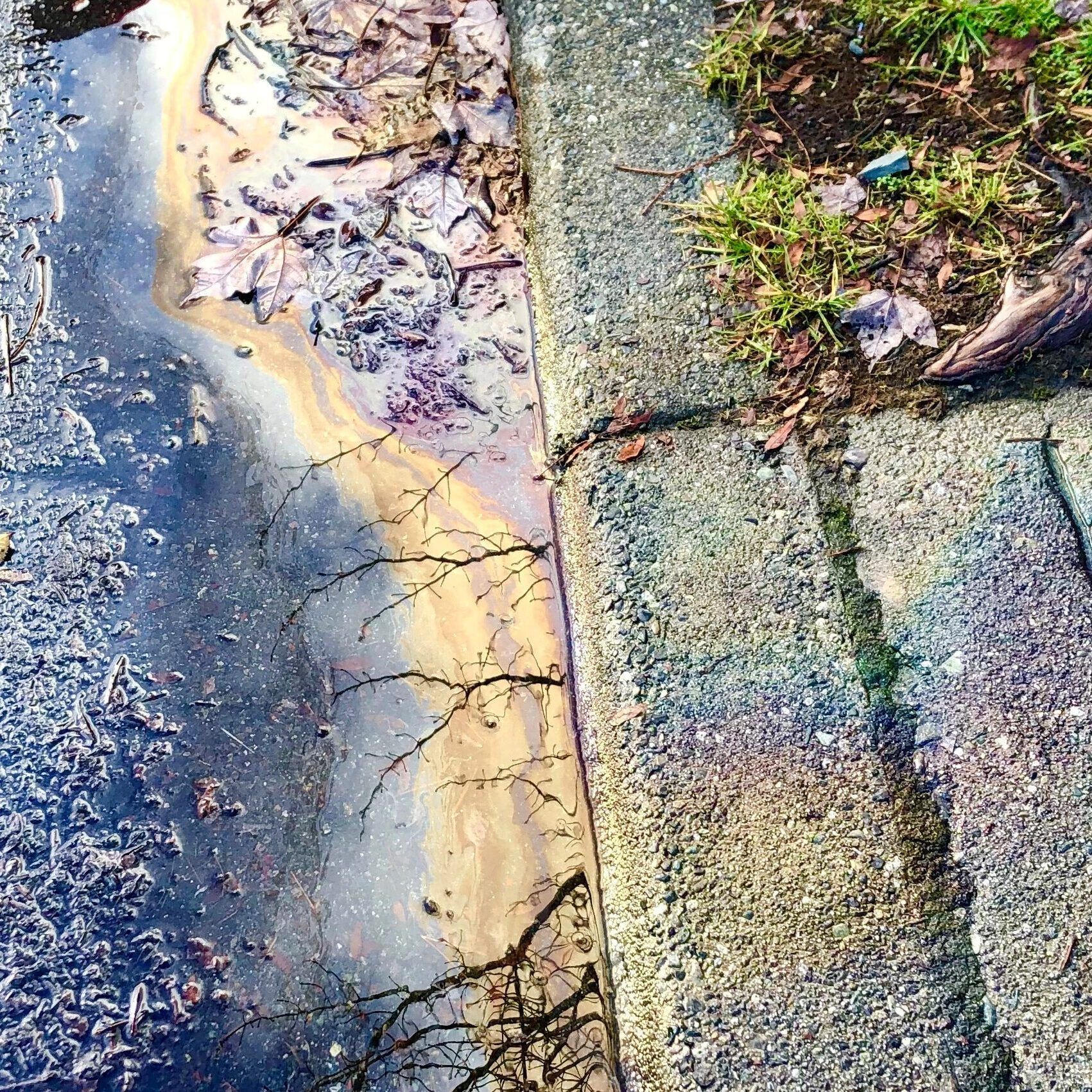
A paved driveway, which may have car oil and road residues, delivers contaminated runoff to gutters and drains that directly connect with aquatic environments.
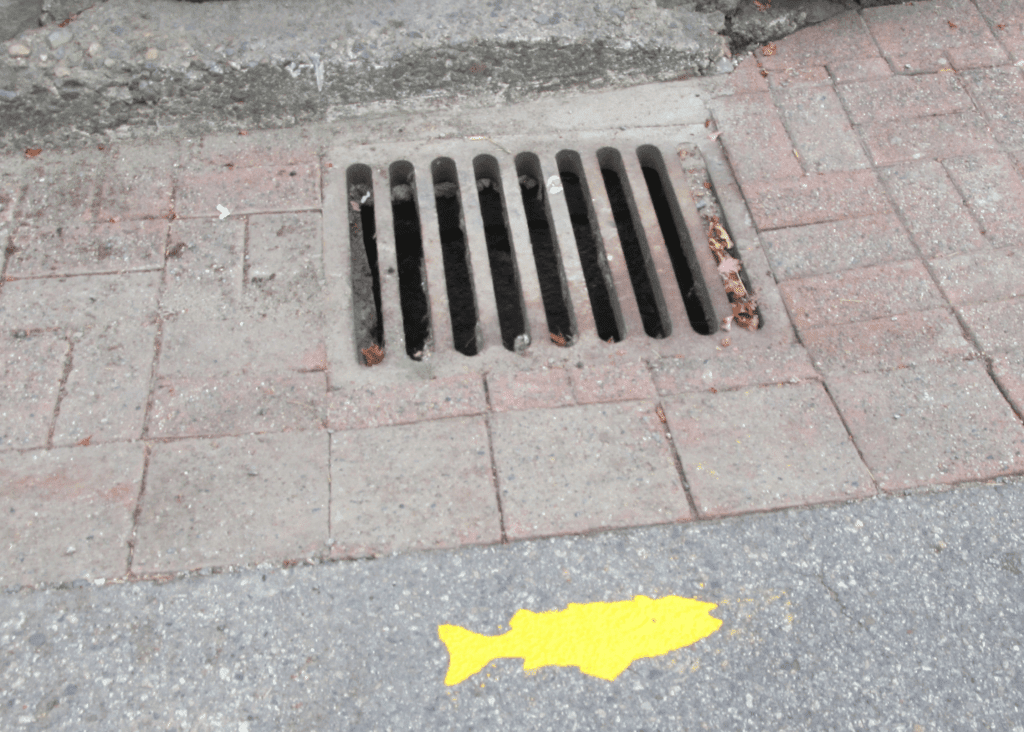
It helps reduce stormwater runoff that could otherwise contribute to habitat damage from flooding and erosion where spawning salmon lay their eggs and young salmon rear. It also helps recharge groundwater, which helps maintain cool clean water base flows in streams when adult salmon migrate in late summer and early fall.
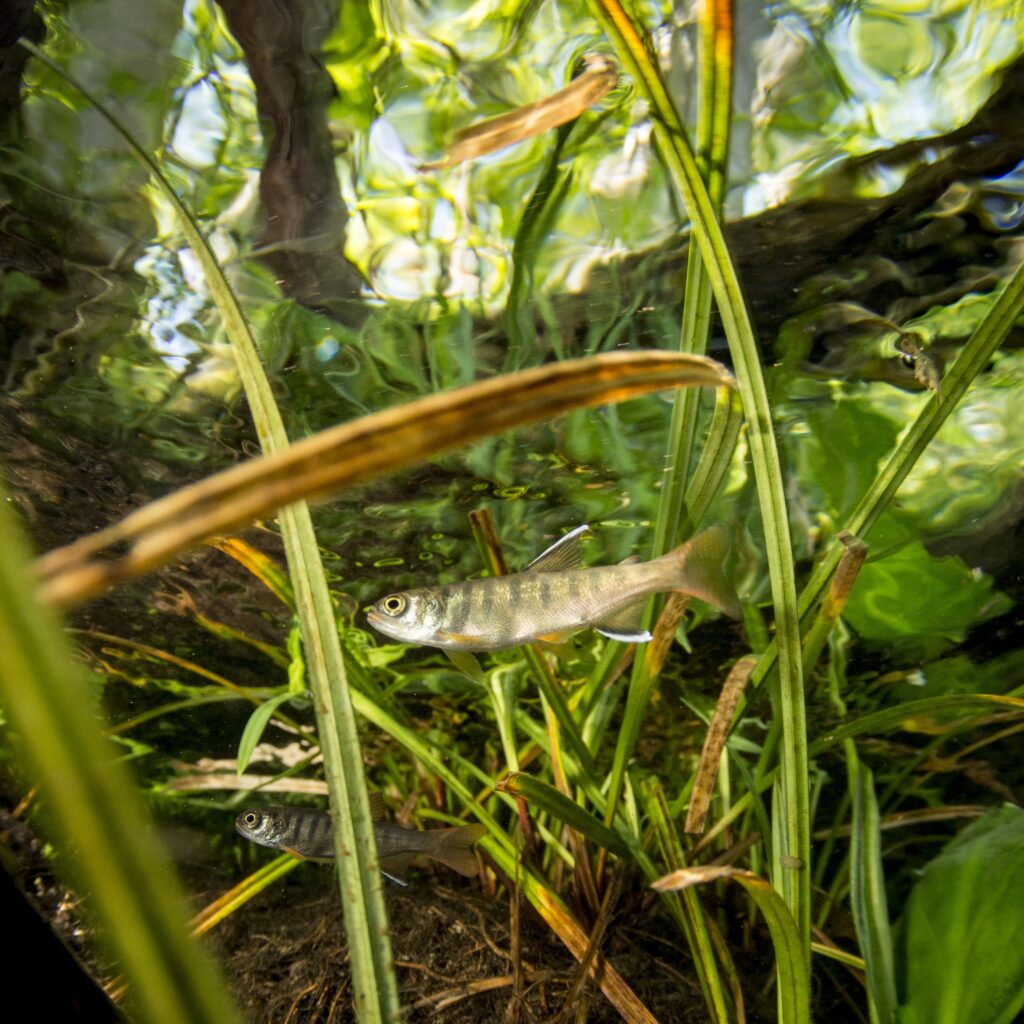
Runoff from driveways can contain pollutants, such as the tire residue, 6PPD-Q, that is fatal to coho, along with other chemicals that negatively impact the ecosystem, letting this water filter through the soil can prevent pollution from entering sensitive environments.
Using these alternatives has a number of environmental benefits, including lower pollutant loads entering water ways, reduced erosion and flooding from flashy storm runoff and increased groundwater recharge. Additionally, less radiant heat is retained by these alternative systems compared to traditional concrete. This will reduce heat pollution that contributes to urban heat island effect.
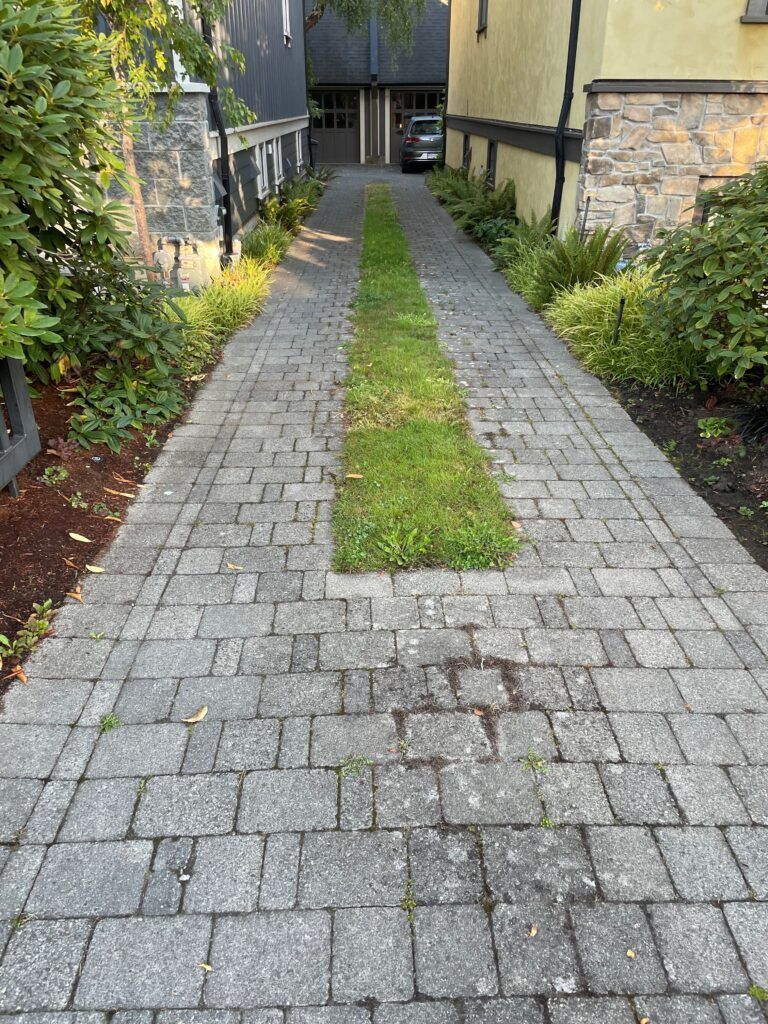
Depending on the type of solution selected, installation methods and costs will vary. Typically, pavers are placed on a level bed that allows infiltration and spaces between are back-filled with fine gravel. Detailed installation guides and summaries of different options can be found online (here too).
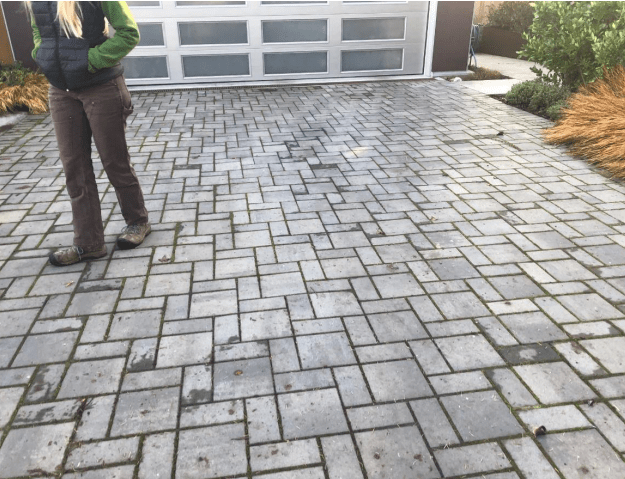
Learn more about the how cars can cause water pollution and ways to reduce the impact, here.
Photo credit: Toinane on Unsplash, Nicole Christiansen, Kyla Sheehan, and Paul de Greeff